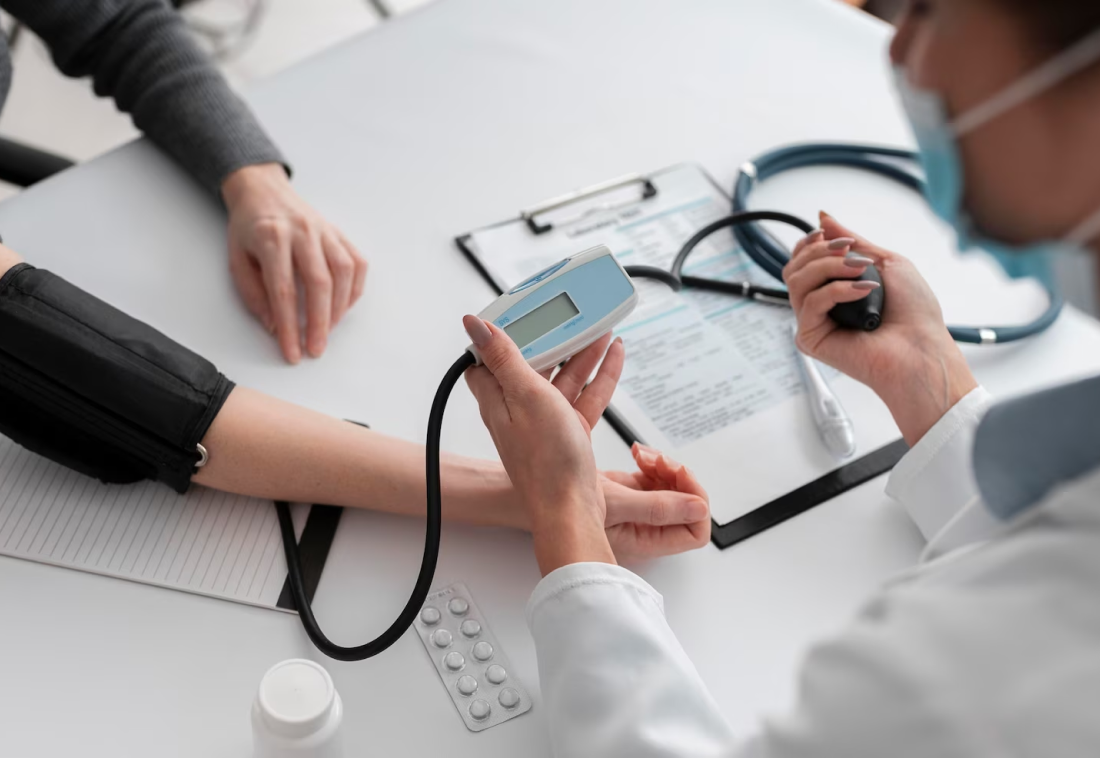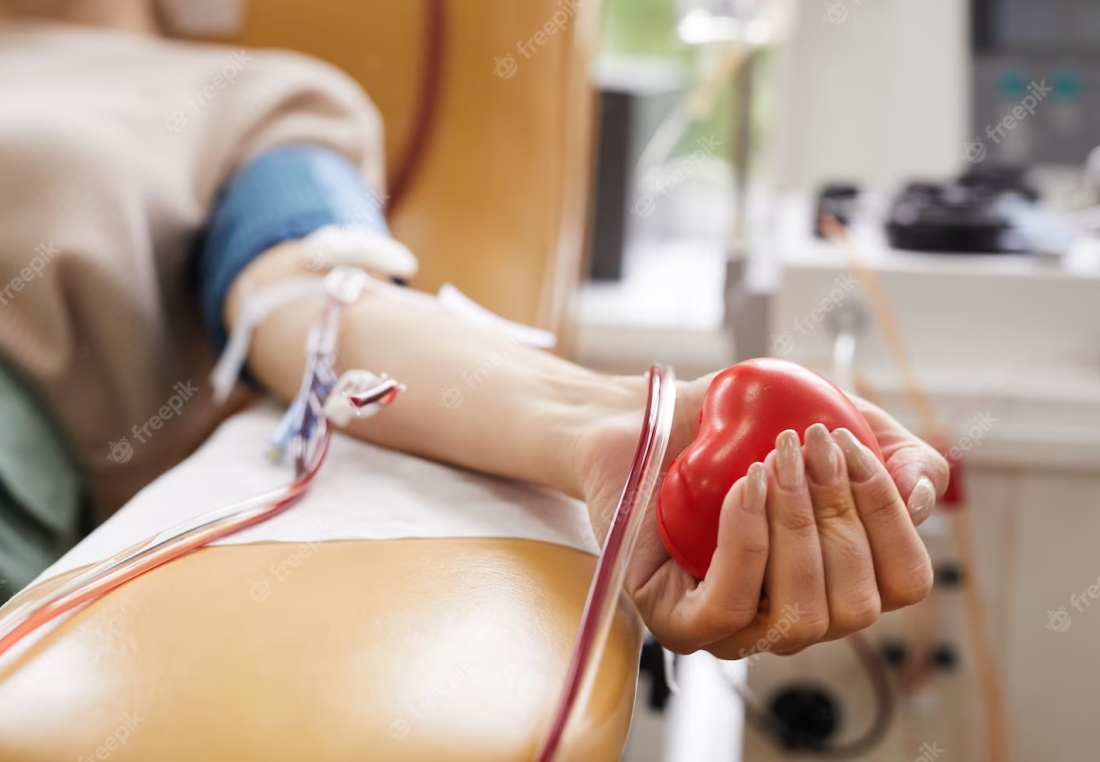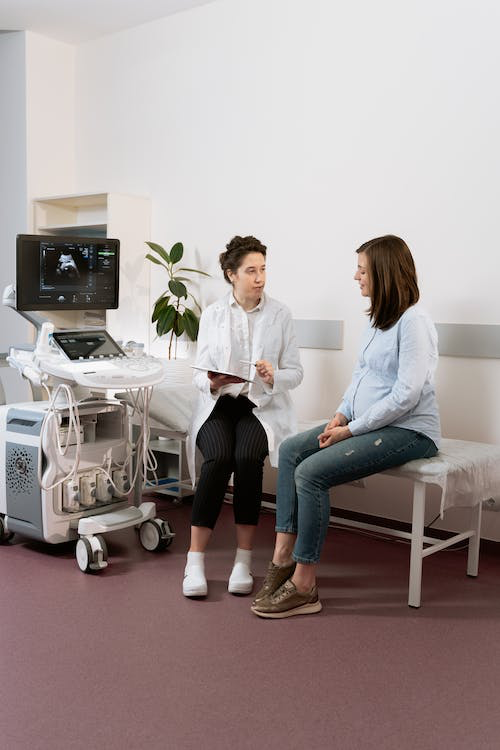Catheter ablation for cardiac arrhythmias
As a safe treatment, performed under local anaesthesia, which is usually effective as a single procedure, catheter ablation is the first choice treatment for most cardiac arrhythmias. Patients who would otherwise have to be committed to long term drug treatment and follow up should be offered a cure. The number of hospital cardiac departments with the expertise and facilities for catheter ablation is expanding, and this service is now widely available in all parts of the developed world. There is a great need to demystify cardiac arrhythmias and help practitioners understand what treatment is available for the best management of our patients: a cure that is safe, efficacious, and cost effective.
dipublikasikan pada 04 October 2023






